The Ambitious Card…
Is one of the favorite tricks in most magician’s arsenal. With an unprepared deck, you can cause the spectator’s card to rise to the top of the pack. Again and again, their card rises to the top – eventually leading to a grand finale of some sort. In this video, Aaron explains two ideas for the ambitious card which you can incorporate right away. For more episodes of The Card Magic Minute, check out Aaron’s Youtube channel.
If you really love the ambitious card, you should check out the mega-post on How To Do Easy Card Tricks… where you can learn tons of card tricks that you can perform right now!

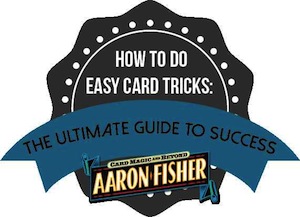 Hi there! This is the second half of our megapost How to Do Easy Card Tricks: The Ultimate Guide. In the first installment, I talked about 5 great Easy Card Trick Video Tutorials to make sure you get off to a successful start in card magic and 9 Pro Performance Tips to arm you with ancient knowledge the best magicians have used for a centuries. If you missed those powerful video tutorials and tips, you can find them here.
Hi there! This is the second half of our megapost How to Do Easy Card Tricks: The Ultimate Guide. In the first installment, I talked about 5 great Easy Card Trick Video Tutorials to make sure you get off to a successful start in card magic and 9 Pro Performance Tips to arm you with ancient knowledge the best magicians have used for a centuries. If you missed those powerful video tutorials and tips, you can find them here.

 Simple Sleight Video Tutorial #2:
Simple Sleight Video Tutorial #2:  Simple Sleight Video Tutorial #4:
Simple Sleight Video Tutorial #4: 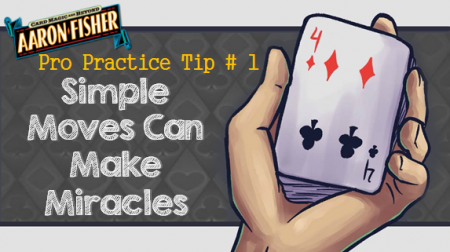 When we’re just starting out to do magic, a simple web search can stress you out! We see literally thousands of card tricks, moves and techniques. Often, experts seem to imply that without the advanced methods in which they specialize, our magic tricks will be less magical.
When we’re just starting out to do magic, a simple web search can stress you out! We see literally thousands of card tricks, moves and techniques. Often, experts seem to imply that without the advanced methods in which they specialize, our magic tricks will be less magical.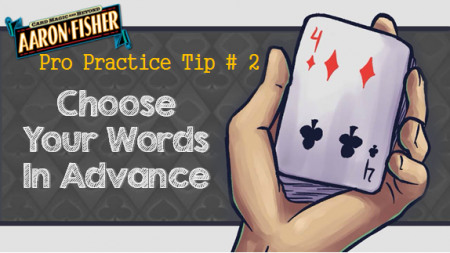 This simple advice is often the most difficult for
This simple advice is often the most difficult for 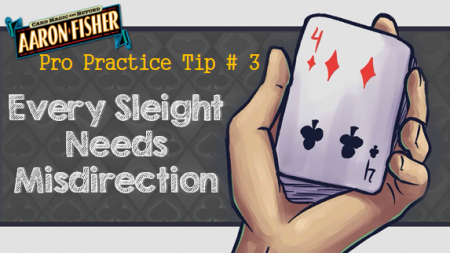 When we see a great looking trick on screen, we make an unconscious assumption that the trick works in real life the same way it does on video. But most of the time, making tricks look and feel like real magic in front of a live audience requires a different approach. If you want to do magic tricks for real people, you’ll need to to use misdirection.
When we see a great looking trick on screen, we make an unconscious assumption that the trick works in real life the same way it does on video. But most of the time, making tricks look and feel like real magic in front of a live audience requires a different approach. If you want to do magic tricks for real people, you’ll need to to use misdirection.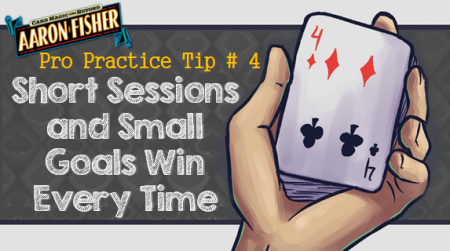 To get in physical shape, we all know it’s better to exercise for a short time every day than to work out for 8 hours once a week. Practicing magic works the same way. And the good news is – when you have a plan and go about it with the right attitude, it’s actually quite easier than most people think.
To get in physical shape, we all know it’s better to exercise for a short time every day than to work out for 8 hours once a week. Practicing magic works the same way. And the good news is – when you have a plan and go about it with the right attitude, it’s actually quite easier than most people think.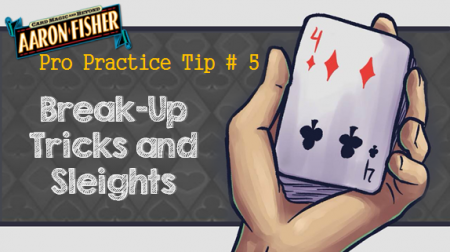 No aspect of a trick, or secret sleight, is too small to examine and practice. Most of us start out with the feeling that only the ‘scary parts’ of a require practice. But quite often, it’s the way we handle the smallest details of a trick which can make or break the deception.
No aspect of a trick, or secret sleight, is too small to examine and practice. Most of us start out with the feeling that only the ‘scary parts’ of a require practice. But quite often, it’s the way we handle the smallest details of a trick which can make or break the deception.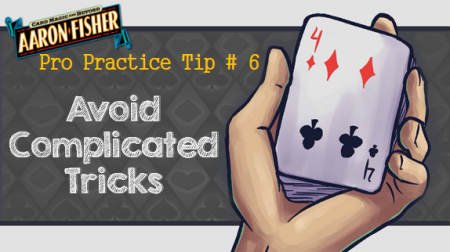 If you want the audience to be truly amazed, keep your tricks simple, clear and direct. No matter how easy a trick is technically, or how few moves you have to practice to do it, the more phases in a trick, the more or separate effects within the larger routine, the more difficult it becomes to maintain the clear thread that holds it together clear in actual performance.
If you want the audience to be truly amazed, keep your tricks simple, clear and direct. No matter how easy a trick is technically, or how few moves you have to practice to do it, the more phases in a trick, the more or separate effects within the larger routine, the more difficult it becomes to maintain the clear thread that holds it together clear in actual performance.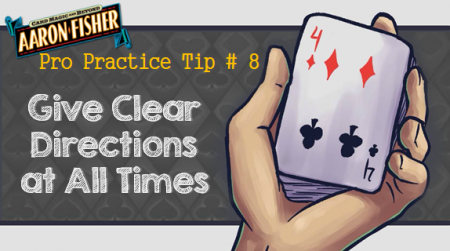 The best way for you develop an appreciation for how strong and amazing magic can be is to see it done by the best. Below are clips of two modern masters. Watch them work and you’ll see proof that miracles are possible.
The best way for you develop an appreciation for how strong and amazing magic can be is to see it done by the best. Below are clips of two modern masters. Watch them work and you’ll see proof that miracles are possible.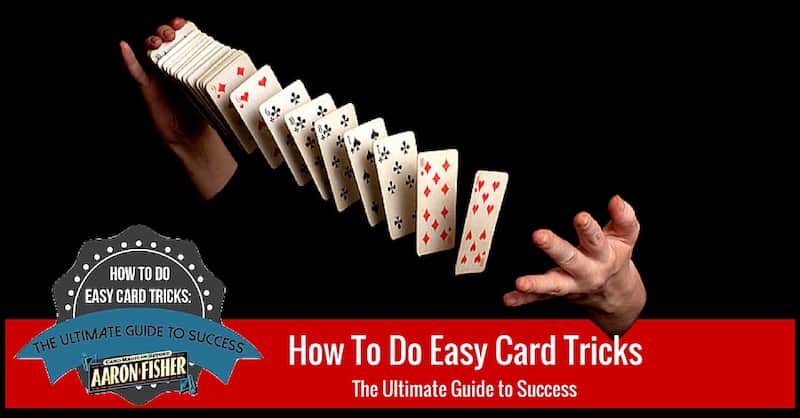
 Easy Trick #3:
Easy Trick #3:  Easy Card Trick #5:
Easy Card Trick #5: 
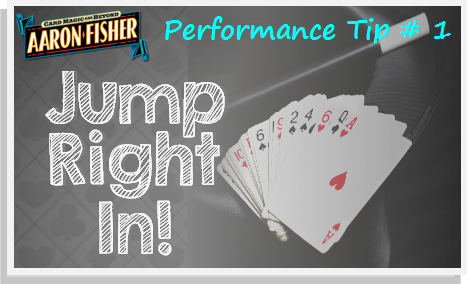
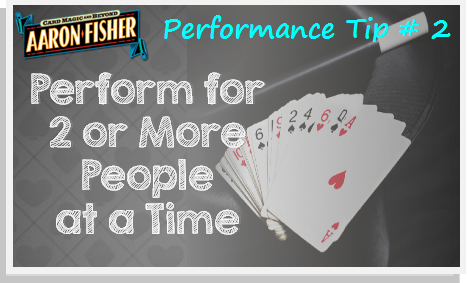 At least 80% of the people who get interested in card magic feel that the easiest way to start is by showing your tricks to one person at a time. I know this seems like the best approach – and believe me, I tried it myself when i first started out. But along the way, i discovered a different path that works a lot better.
At least 80% of the people who get interested in card magic feel that the easiest way to start is by showing your tricks to one person at a time. I know this seems like the best approach – and believe me, I tried it myself when i first started out. But along the way, i discovered a different path that works a lot better.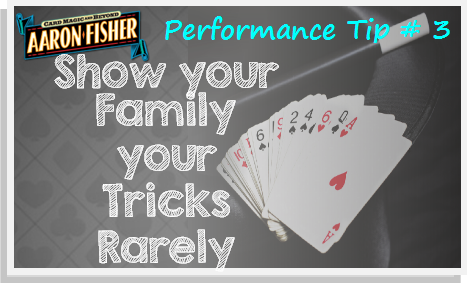 When we seek out our first audiences, they tend to be members of our family or our close friends. Why? Because they’re willing to watch. And while that can be very comforting, in many cases, it’s easier to amaze perfect strangers than our nearest and dearest.
When we seek out our first audiences, they tend to be members of our family or our close friends. Why? Because they’re willing to watch. And while that can be very comforting, in many cases, it’s easier to amaze perfect strangers than our nearest and dearest.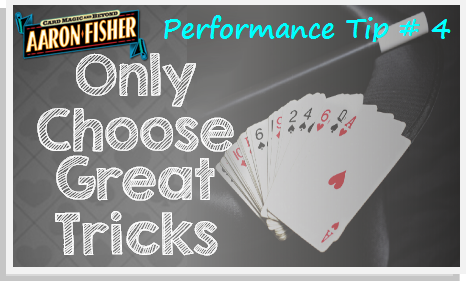
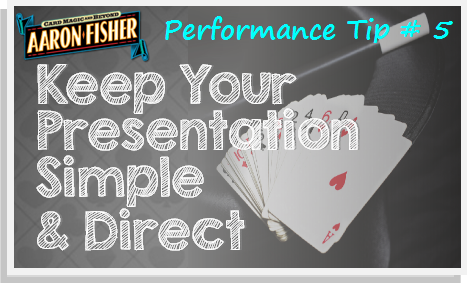 All the old magic books, and many of the new ones, instruct the new magician in the importance of having an interesting presentation to go along with the magic. And there’s no doubt, if you have an interesting world view or perspective suits your tricks, then presentation can truly enhance the overall experience of your audience. However, without care, this approach can backfire.
All the old magic books, and many of the new ones, instruct the new magician in the importance of having an interesting presentation to go along with the magic. And there’s no doubt, if you have an interesting world view or perspective suits your tricks, then presentation can truly enhance the overall experience of your audience. However, without care, this approach can backfire. Your magic will be astonishing to the extent that your tricks are clear, direct and strong. It’s that simple.
Your magic will be astonishing to the extent that your tricks are clear, direct and strong. It’s that simple.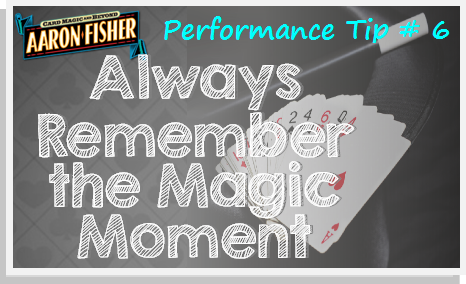 When you pass your hand over the pack, snap your fingers or wave the magic wand – that’s a magic moment. It’s seems so simple to us when we’re learning card tricks, yet most of us never use it, or even take it into account. Even so, from the audiences perspective, this is when the magic actually takes place!
When you pass your hand over the pack, snap your fingers or wave the magic wand – that’s a magic moment. It’s seems so simple to us when we’re learning card tricks, yet most of us never use it, or even take it into account. Even so, from the audiences perspective, this is when the magic actually takes place! 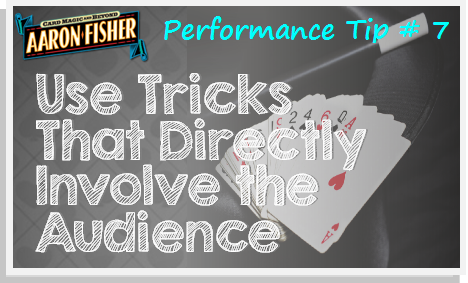 Whether you want to perform easy card tricks like the ones in this handbook, or you aspire to master expert level methods, there’s a simple truth you should keep in mind from the start: magic that directly involves your spectators will have far more impact than tricks where the audience just watches you do magic in your own hands. When we experience great magic – it’s because it happens to us directly. We don’t just watch. We feel the magic because we participate directly in the trick.
Whether you want to perform easy card tricks like the ones in this handbook, or you aspire to master expert level methods, there’s a simple truth you should keep in mind from the start: magic that directly involves your spectators will have far more impact than tricks where the audience just watches you do magic in your own hands. When we experience great magic – it’s because it happens to us directly. We don’t just watch. We feel the magic because we participate directly in the trick.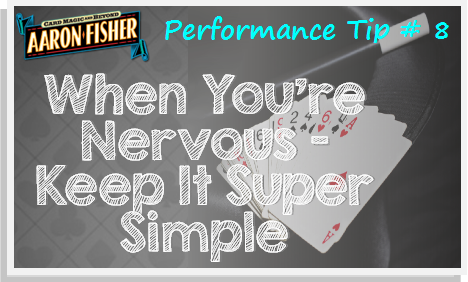 When you’re nervous – do the easiest tricks you possibly can. In fact, this is a good time to use an automatic trick. Just make sure there’s no way to get caught or exposed using secret apparatus, sometimes called gaffs. As the old advice goes – the moment someone catches you with a trick deck or special cards, you might as well retire for that audience – you’ll never be able to amaze them again.
When you’re nervous – do the easiest tricks you possibly can. In fact, this is a good time to use an automatic trick. Just make sure there’s no way to get caught or exposed using secret apparatus, sometimes called gaffs. As the old advice goes – the moment someone catches you with a trick deck or special cards, you might as well retire for that audience – you’ll never be able to amaze them again.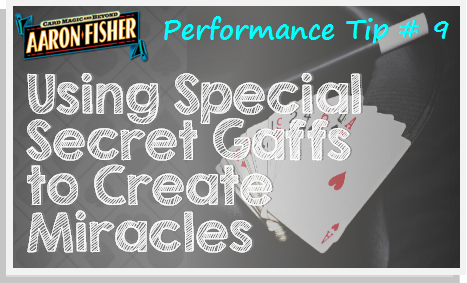 You must use well designed tricks that make it easy to guarantee you’ll never get caught using anything other than ordinary cards. My original trick PANIC does just that! It’s helpful when choosing gaffed tricks to be sure the trick ‘ends clean’. In magic, this means that everything can be examined by the audience after the trick. Tricks that end clean are easier to perform confidently because you know that by the time the trick is done, there will be nothing to find.
You must use well designed tricks that make it easy to guarantee you’ll never get caught using anything other than ordinary cards. My original trick PANIC does just that! It’s helpful when choosing gaffed tricks to be sure the trick ‘ends clean’. In magic, this means that everything can be examined by the audience after the trick. Tricks that end clean are easier to perform confidently because you know that by the time the trick is done, there will be nothing to find.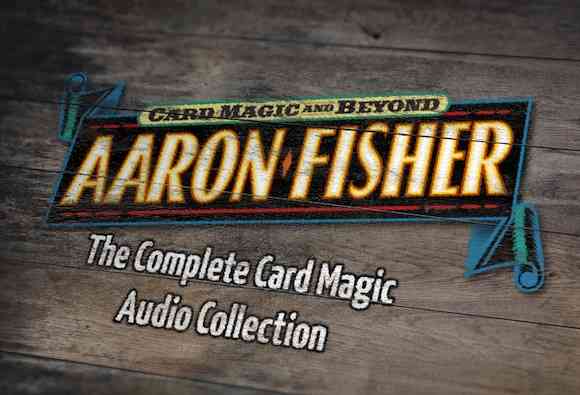
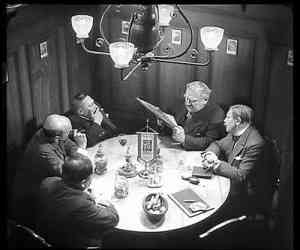 As a card magic teacher, I regularly get questions from magicians all over asking me for advice on how to move forward. Most of the time, they ask really good questions that demonstrate clearly a genuine desire to to leave the ranks of the ordinary – and become a card magician in the highest sense of the word – A true sleight-of-hand artist – who can take any a deck, any time and create miracles for family, friends or even strangers in public.
As a card magic teacher, I regularly get questions from magicians all over asking me for advice on how to move forward. Most of the time, they ask really good questions that demonstrate clearly a genuine desire to to leave the ranks of the ordinary – and become a card magician in the highest sense of the word – A true sleight-of-hand artist – who can take any a deck, any time and create miracles for family, friends or even strangers in public.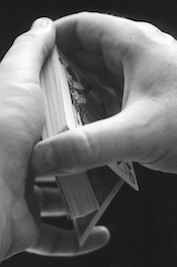
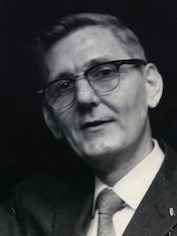
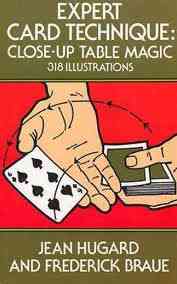
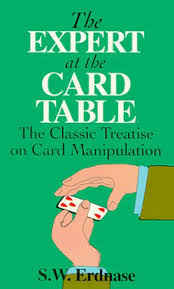
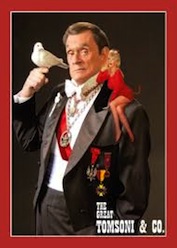
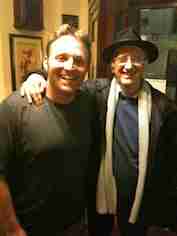
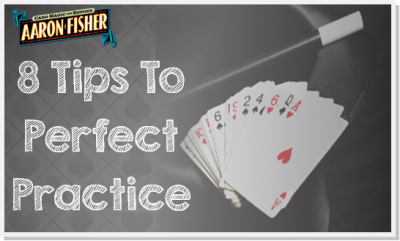
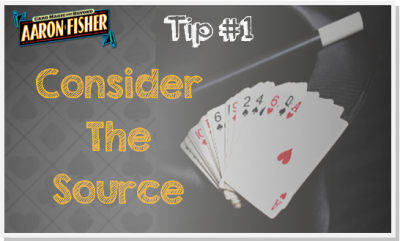
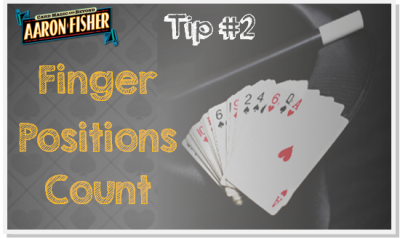 This is so important, and misunderstood. Quite often, I work with talented, committed students that take many, many months to truly understand the importance of seeing, and applying the correct finger positions. You must begin to deeply examine each finger position at every single moment of the sleight.
This is so important, and misunderstood. Quite often, I work with talented, committed students that take many, many months to truly understand the importance of seeing, and applying the correct finger positions. You must begin to deeply examine each finger position at every single moment of the sleight. 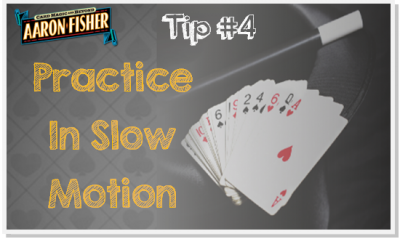 If you’ve ever had a chance to work with a good video editing program you’ll know what I mean. you look at the time line in seconds, and then in order to make fine edits and cuts, you have to zoom in. Now it takes the same space to display the timeline of a single second that used to display a full minute of screen time. When you zoom in far enough, a single second can be divided into a hundreds of moments.
If you’ve ever had a chance to work with a good video editing program you’ll know what I mean. you look at the time line in seconds, and then in order to make fine edits and cuts, you have to zoom in. Now it takes the same space to display the timeline of a single second that used to display a full minute of screen time. When you zoom in far enough, a single second can be divided into a hundreds of moments.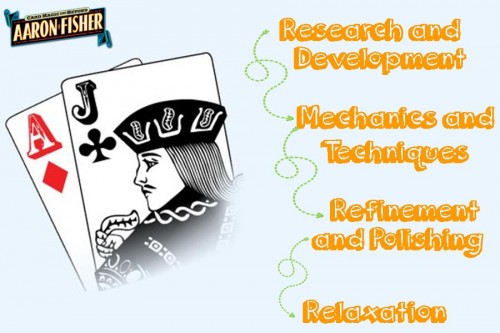
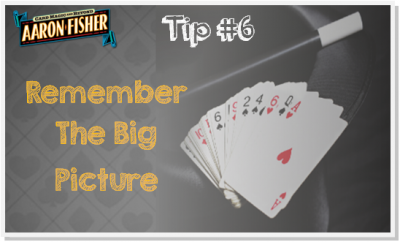 This one took me years to learn! Many card workers practice sleights in a vacuum, as though moves are meant to be performed with the audience staring at your hands – almost as a demonstration. During our first several years learning card magic, this is a particularly easy mistake to make.
This one took me years to learn! Many card workers practice sleights in a vacuum, as though moves are meant to be performed with the audience staring at your hands – almost as a demonstration. During our first several years learning card magic, this is a particularly easy mistake to make.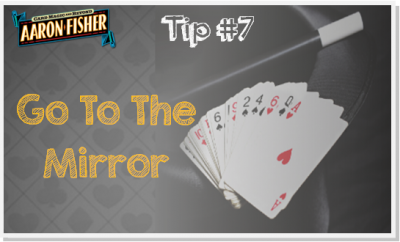 While very few sleights are truly invisible from every angle, like the
While very few sleights are truly invisible from every angle, like the 
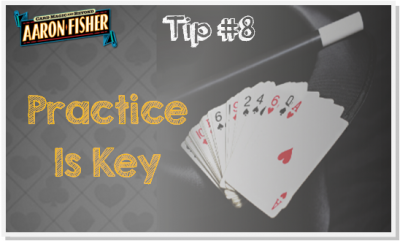 This makes the rest of the process possible. When I first began connecting with my mentors like
This makes the rest of the process possible. When I first began connecting with my mentors like